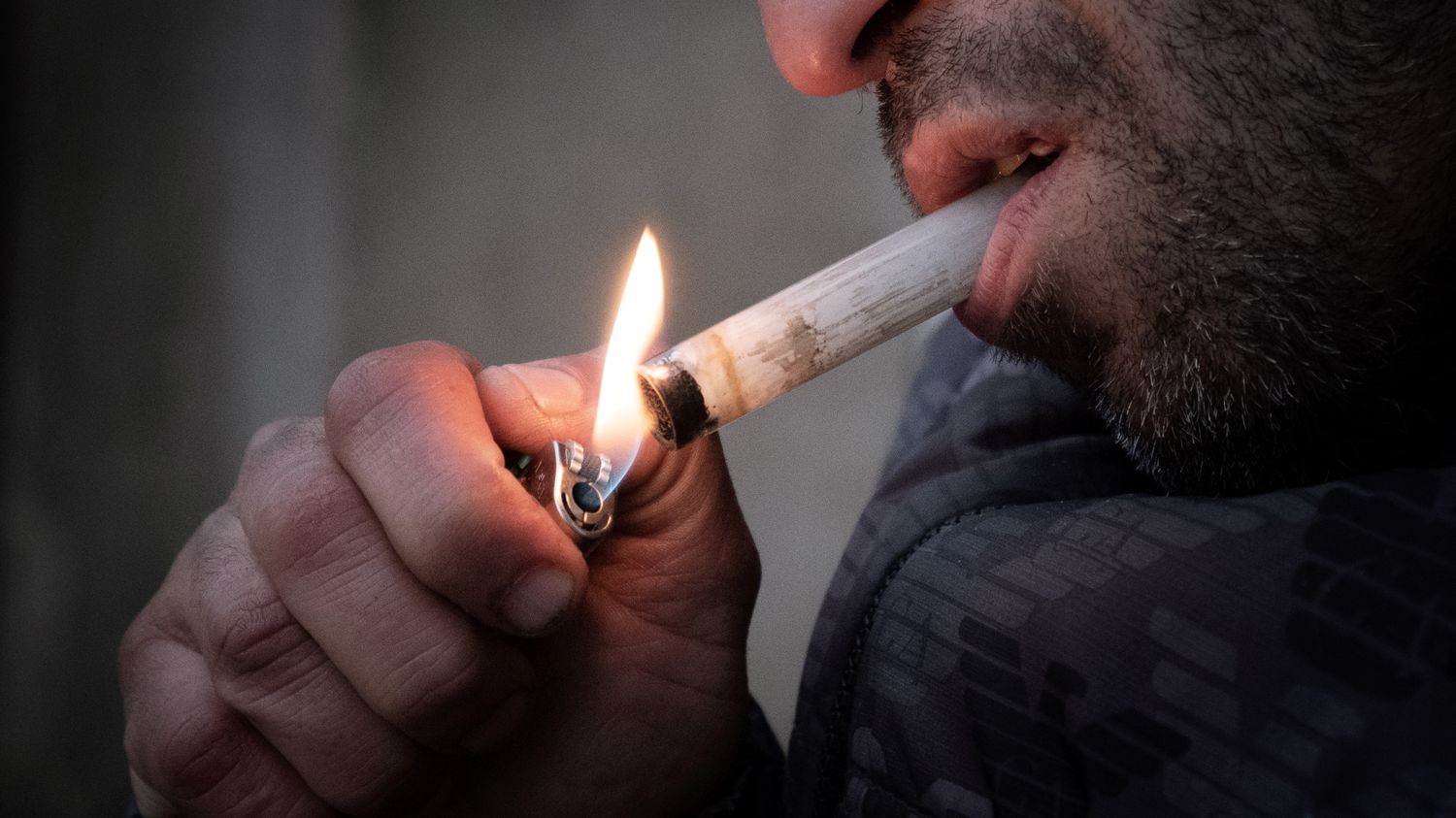A year ago, crack consumption mainly concerned the cities of Paris and Marseille. Despite the war against this cocaine derivative launched by Gérald Darmanin, the results are worse than twelve months ago.
“Eradicate” crack from the capital: this is the mission entrusted by the Minister of the Interior, Gérald Darmanin, to the Paris police chief, Laurent Nuñez, last July. Twelve months later, the results are not good: this derivative of cocaine has not disappeared from the two major cities where it was already consumed – Paris and Marseille – but, above all, its consumption now extends to medium-sized towns and rural areas of the country.
>> Crack in Paris, “it’s not over”, according to residents of the former Forceval squat
It is certainly not the “tsunami” cocaine, according to the expression used by the government, but the wave is very real: Lille, Lyon, Bordeaux, Montpellier, Toulouse, Grenoble, Perpignan, Saint-Etienne… All the metropolises of France are now concerned.
More worrying still, crack has penetrated into medium-sized towns like Chambéry or Beauvais and even into even smaller towns: Macon, Compiègne, Aix-les-Bains or even Montataire, in the Oise, and its 13,000 inhabitants.
A traffic that is becoming more professional
Sign of the inexorable progression of crack consumption: it is sometimes the first hard drug used, ahead of heroin or cocaine. This is the conclusion of a study conducted in the department of Oise, precisely, by an association for drug addicts.
Crack users are mostly men, homeless or living in squats. But this synthetic drug also wreaks havoc among female prostitutes in the Lille area. Rising consumption throughout the country and its corollary, according to the police: more disturbances to public order, degradation, violence…
Finally, traffic is becoming more professional. It sometimes becomes very organized like that of cannabis or cocaine, with city networks involving nannies, lookouts, resellers at multi-product deal points.
